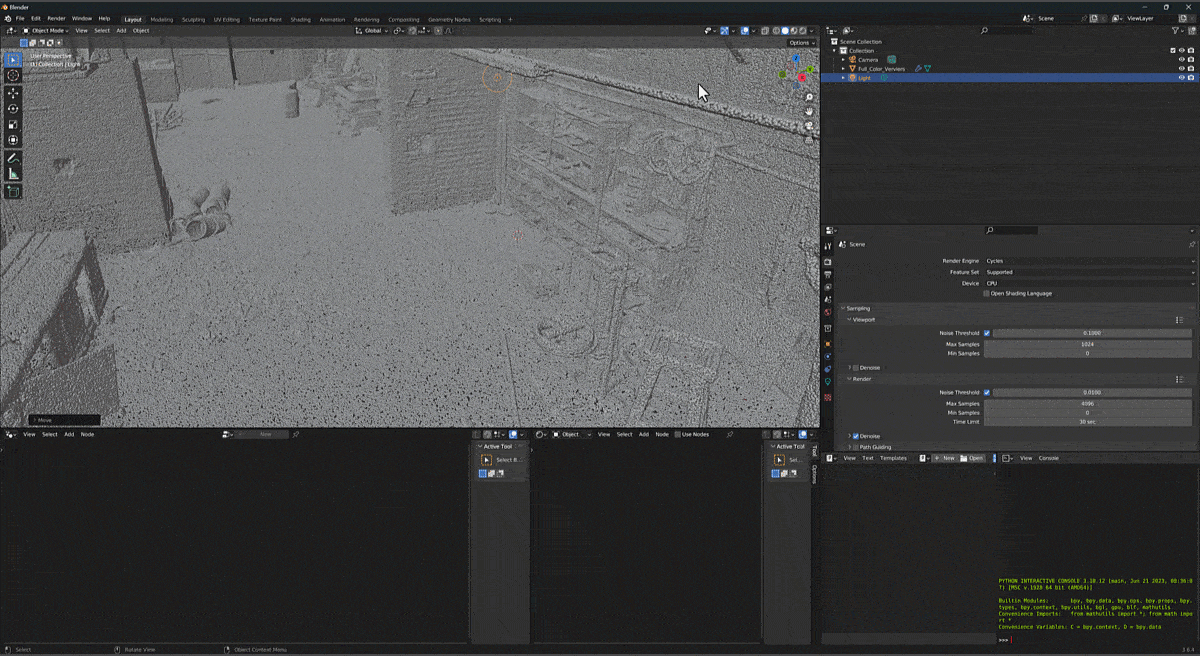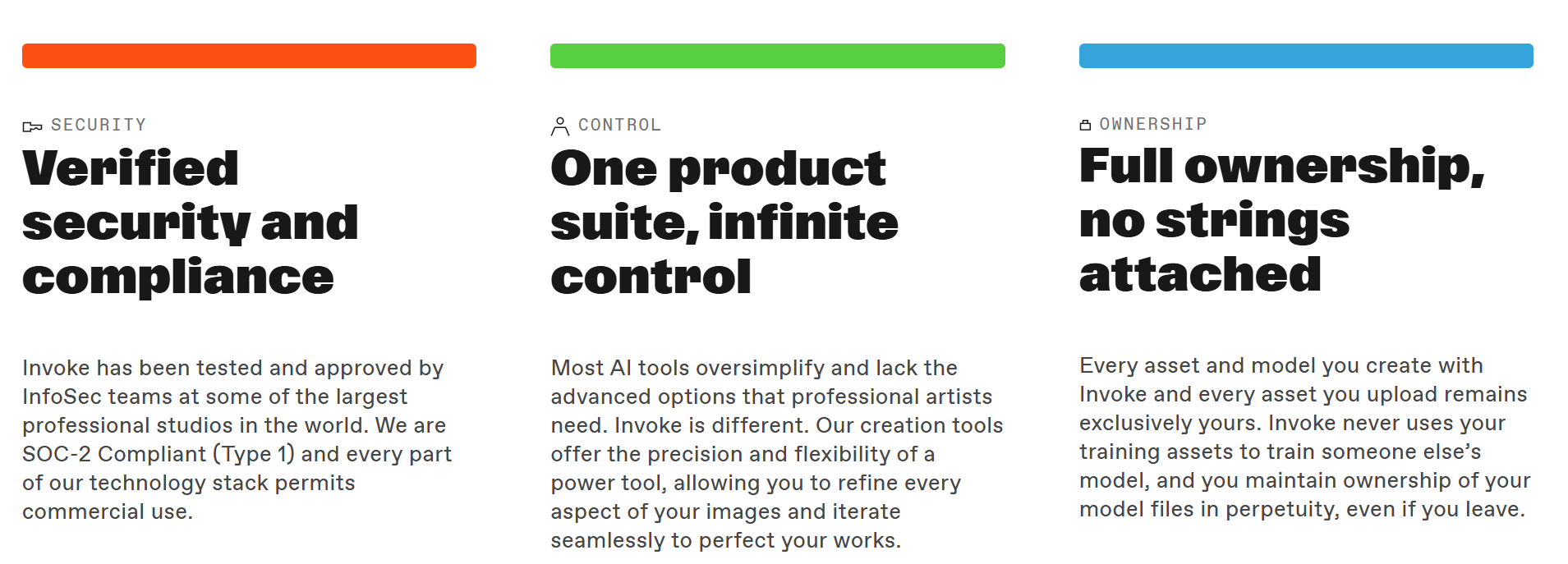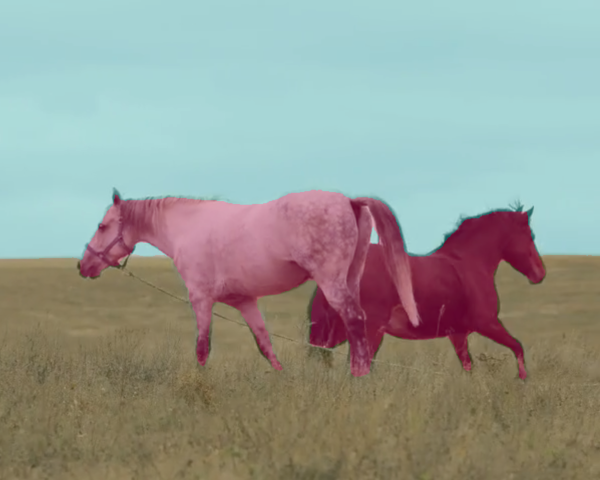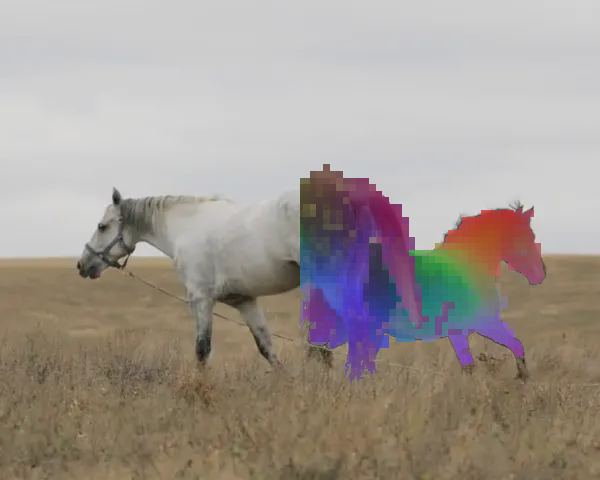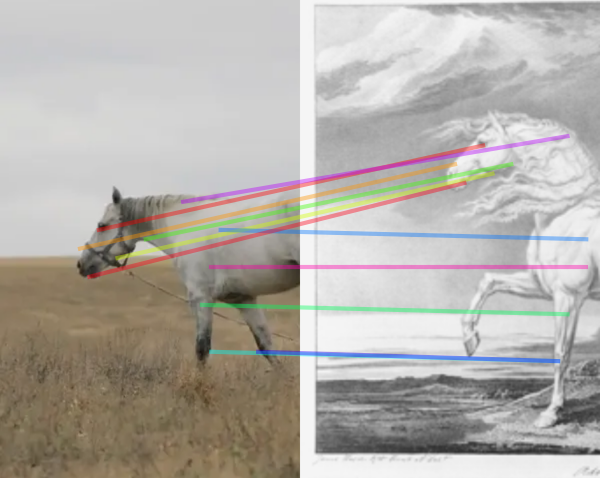-
Fal Video Studio – The first open-source AI toolkit for video editing
https://github.com/fal-ai-community/video-starter-kit
https://fal-video-studio.vercel.app
- 🎬 Browser-Native Video Processing: Seamless video handling and composition in the browser
- 🤖 AI Model Integration: Direct access to state-of-the-art video models through fal.ai
- Minimax for video generation
- Hunyuan for visual synthesis
- LTX for video manipulation
- 🎵 Advanced Media Capabilities:
- Multi-clip video composition
- Audio track integration
- Voiceover support
- Extended video duration handling
- 🛠️ Developer Utilities:
- Metadata encoding
- Video processing pipeline
- Ready-to-use UI components
- TypeScript support
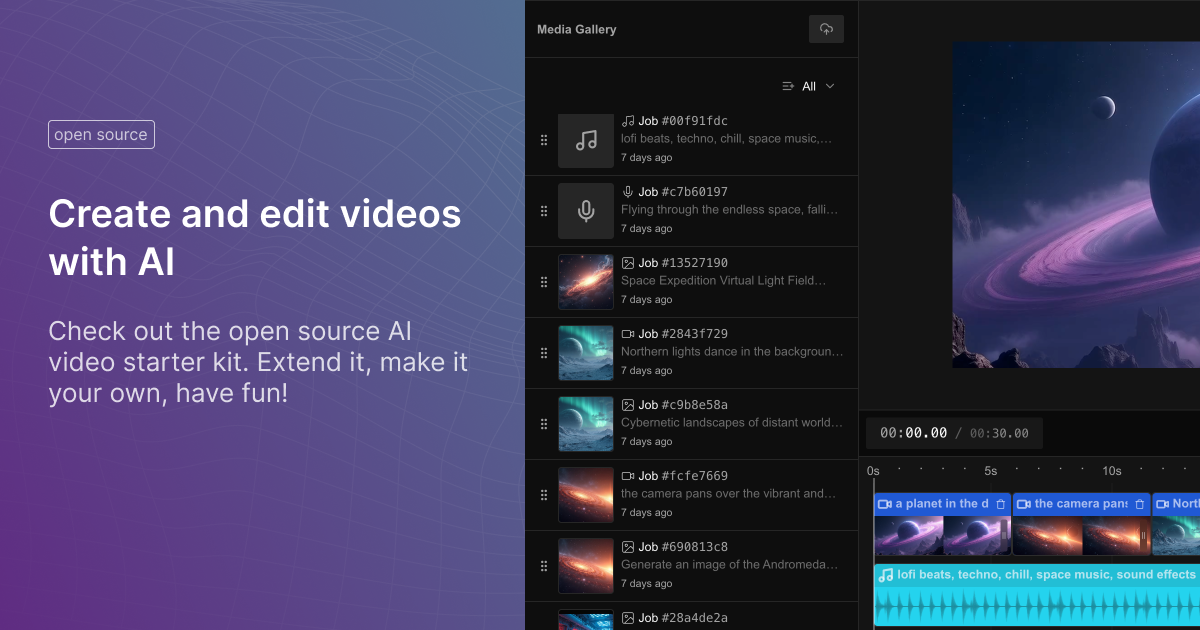
-
Tencent Hunyuan3D – an advanced large-scale 3D synthesis system for generating high-resolution textured 3D assets
https://github.com/tencent/Hunyuan3D-2
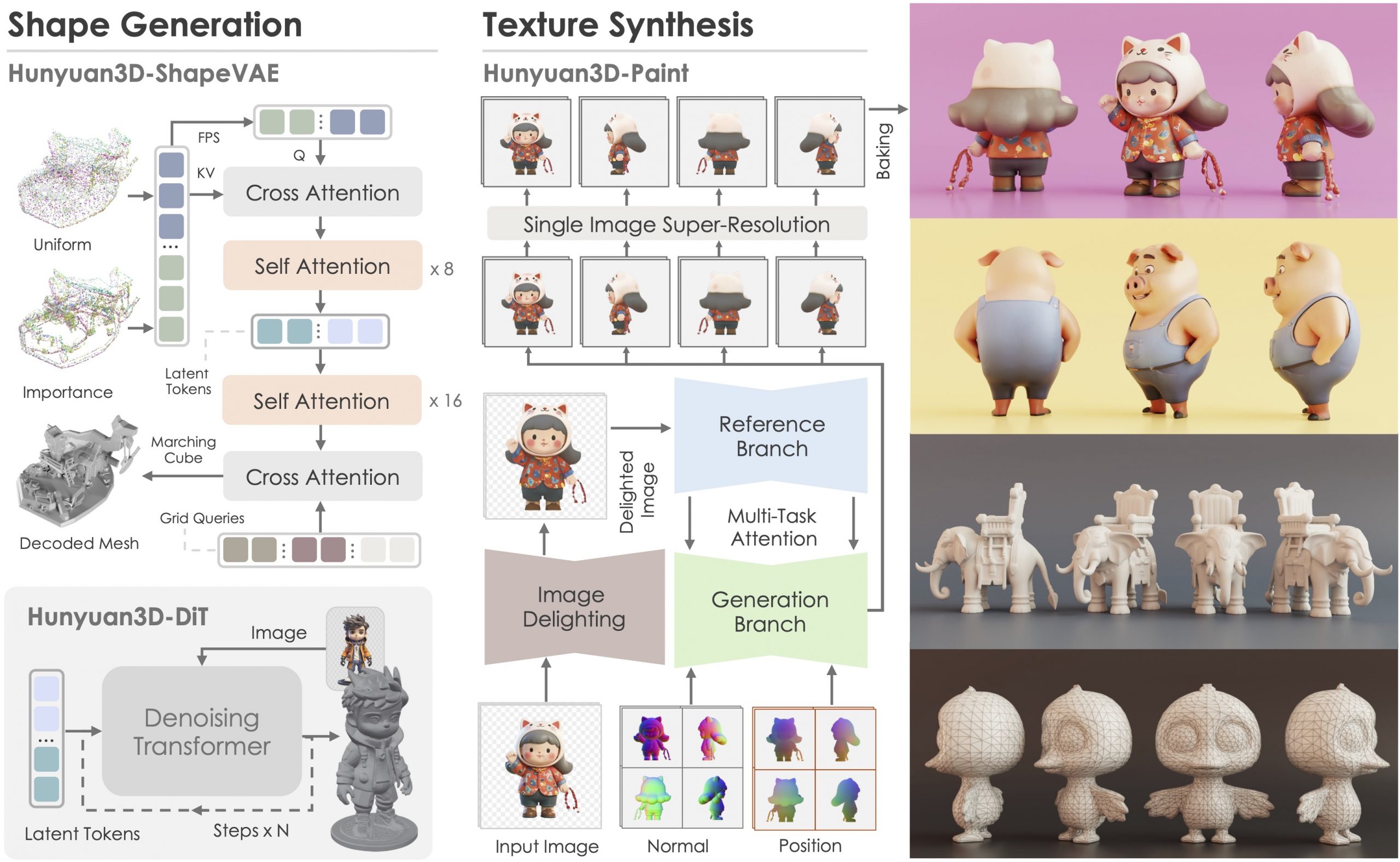
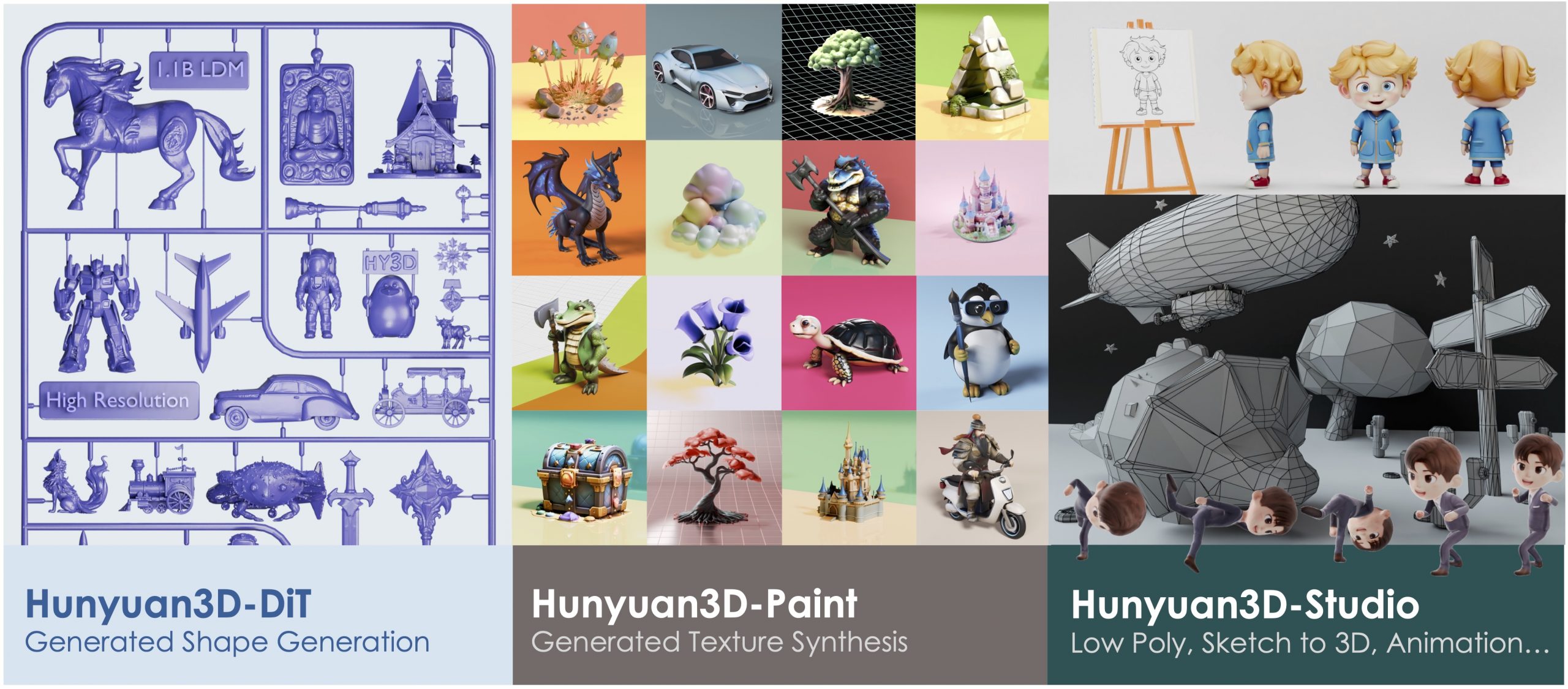
Hunyuan3D 2.0, an advanced large-scale 3D synthesis system for generating high-resolution textured 3D assets. This system includes two foundation components: a large-scale shape generation model – Hunyuan3D-DiT, and a large-scale texture synthesis model – Hunyuan3D-Paint.
The shape generative model, built on a scalable flow-based diffusion transformer, aims to create geometry that properly aligns with a given condition image, laying a solid foundation for downstream applications. The texture synthesis model, benefiting from strong geometric and diffusion priors, produces high-resolution and vibrant texture maps for either generated or hand-crafted meshes. Furthermore, we build Hunyuan3D-Studio – a versatile, user-friendly production platform that simplifies the re-creation process of 3D assets.
It allows both professional and amateur users to manipulate or even animate their meshes efficiently. We systematically evaluate our models, showing that Hunyuan3D 2.0 outperforms previous state-of-the-art models, including the open-source models and closed-source models in geometry details, condition alignment, texture quality, and e.t.c. -
SLAM XCAM 8K VR180 3D Camera
8K 30FPS VR180 3D Video | Dual 1/1.5″ CMOS Sensors | 10-bit Color | Snapdragon8 GN2 | Android13 | 6.67″AMOLED|5000mAh |100Mbps Data
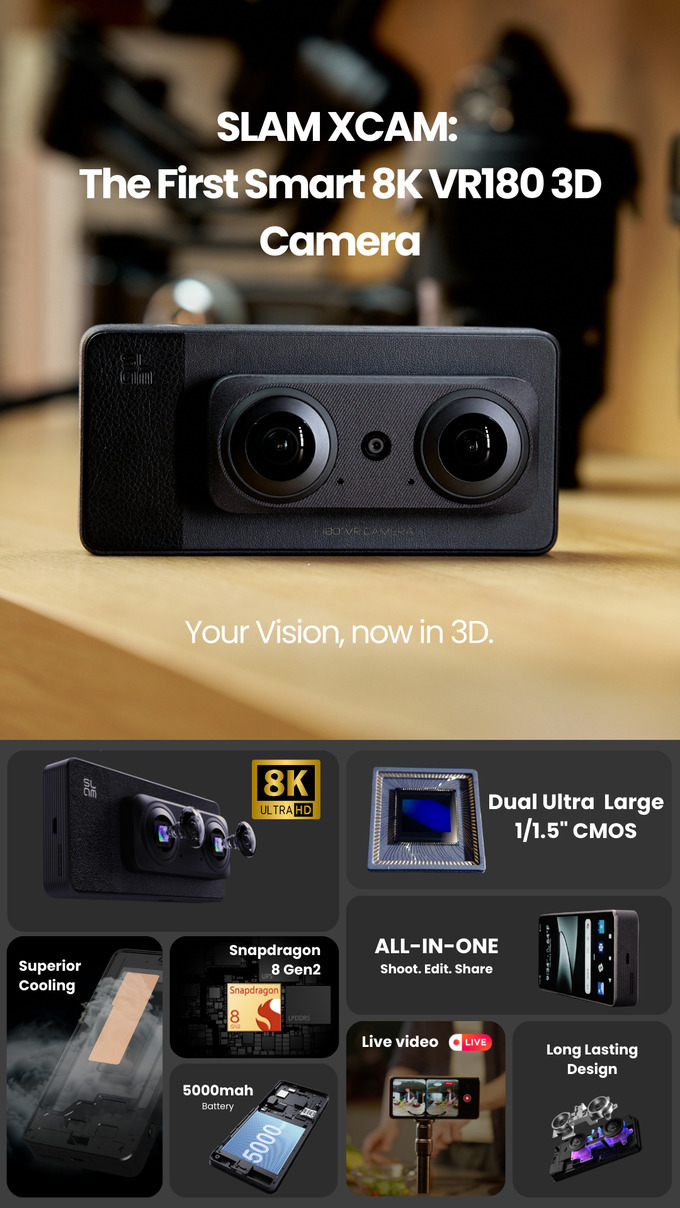
-
Invoke.com – The Gen AI Platform for Pro Studios
-
How does Stable Diffusion work?
https://stable-diffusion-art.com/how-stable-diffusion-work/
Stable Diffusion is a latent diffusion model that generates AI images from text. Instead of operating in the high-dimensional image space, it first compresses the image into the latent space.
Stable Diffusion belongs to a class of deep learning models called diffusion models. They are generative models, meaning they are designed to generate new data similar to what they have seen in training. In the case of Stable Diffusion, the data are images.
Why is it called the diffusion model? Because its math looks very much like diffusion in physics. Let’s go through the idea.
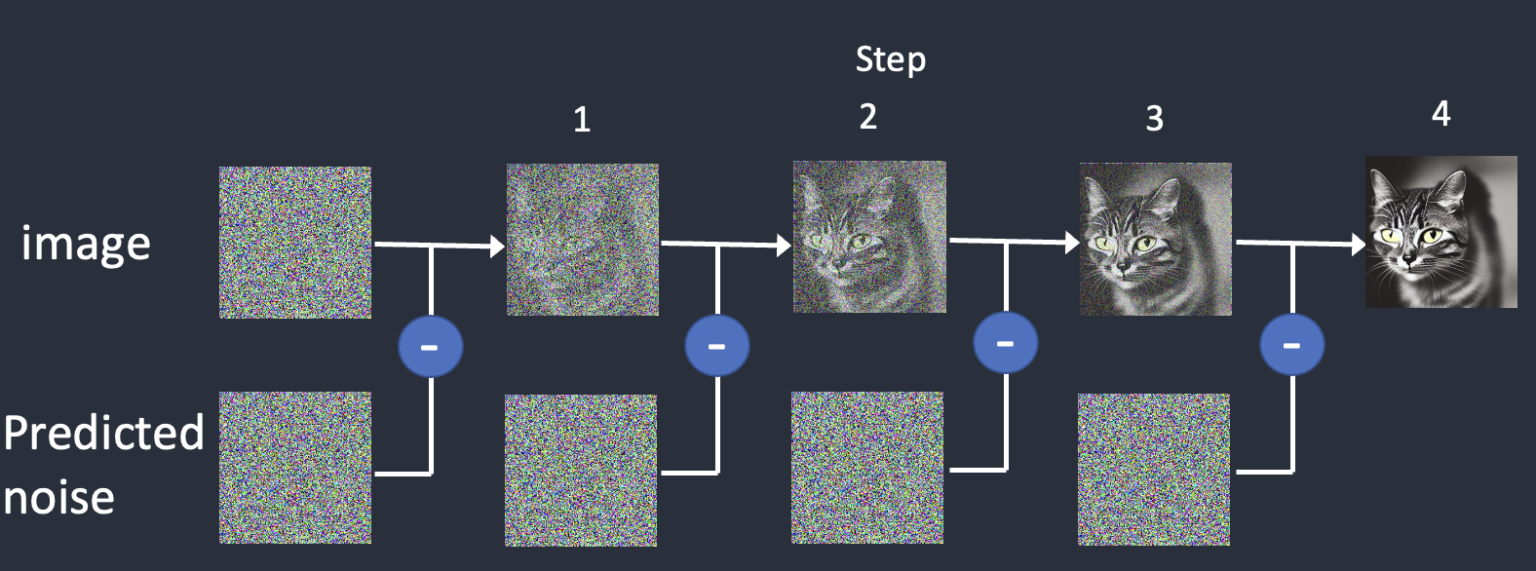


To reverse the diffusion, we need to know how much noise is added to an image. The answer is teaching a neural network model to predict the noise added. It is called the noise predictor in Stable Diffusion. It is a U-Net model.
After training, we have a noise predictor capable of estimating the noise added to an image.
Diffusion models like Google’s Imagen and Open AI’s DALL-E are in pixel space. They have used some tricks to make the model faster but still not enough.
Stable Diffusion is designed to solve the speed problem. Here’s how.
Stable Diffusion is a latent diffusion model. Instead of operating in the high-dimensional image space, it first compresses the image into the latent space. The latent space is 48 times smaller so it reaps the benefit of crunching a lot fewer numbers.
It is done using a technique called the variational autoencoder. Yes, that’s precisely what the VAE files are, but I will make it crystal clear later.
The Variational Autoencoder (VAE) neural network has two parts: (1) an encoder and (2) a decoder. The encoder compresses an image to a lower dimensional representation in the latent space. The decoder restores the image from the latent space.
You may wonder why the VAE can compress an image into a much smaller latent space without losing information. The reason is, unsurprisingly, natural images are not random. They have high regularity: A face follows a specific spatial relationship between the eyes, nose, cheek, and mouth. A dog has 4 legs and is a particular shape.
In other words, the high dimensionality of images is artifactual. Natural images can be readily compressed into the much smaller latent space without losing any information. This is called the manifold hypothesis in machine learning.
Where does the text prompt enter the picture?
This is where conditioning comes in. The purpose of conditioning is to steer the noise predictor so that the predicted noise will give us what we want after subtracting from the image.
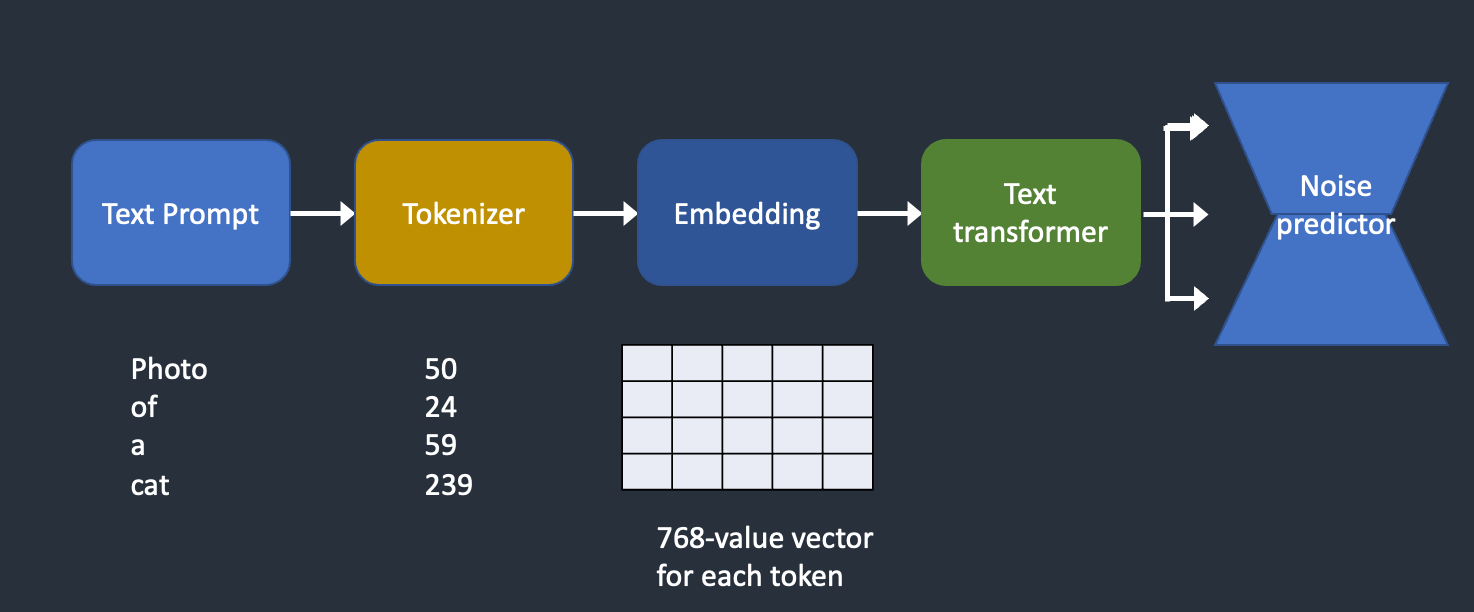
The text prompt is not the only way a Stable Diffusion model can be conditioned. ControlNet conditions the noise predictor with detected outlines, human poses, etc, and achieves excellent controls over image generations.
This write-up won’t be complete without explaining Classifier-Free Guidance (CFG), a value AI artists tinker with every day. To understand what it is, we will need to first touch on its predecessor, classifier guidance…
The classifier guidance scale is a parameter for controlling how closely should the diffusion process follow the label.
Classifier-free guidance, in its authors’ terms, is a way to achieve “classifier guidance without a classifier”. They put the classifier part as conditioning of the noise predictor U-Net, achieving the so-called “classifier-free” (i.e., without a separate image classifier) guidance in image generation.
The SDXL model is the official upgrade to the v1 and v2 models. The model is released as open-source software. The total number of parameters of the SDXL model is 6.6 billion, compared with 0.98 billion for the v1.5 model.

The SDXL model is, in practice, two models. You run the base model, followed by the refiner model. The base model sets the global composition. The refiner model adds finer details.
More about Generative AI here -
Hunyuan video-to-video
The open-source community has figured out how to run Hunyuan V2V using LoRAs.
You’ll need to install Kijai’s ComfyUI-HunyuanLoom and LoRAs, which you can either train yourself or find on Civitai.
1) you’ll need HunyuanLoom, after install, workflow found in the repo.
https://github.com/logtd/ComfyUI-HunyuanLoom
2) John Wick lora found here.
https://civitai.com/models/1131159/john-wick-hunyuan-video-lora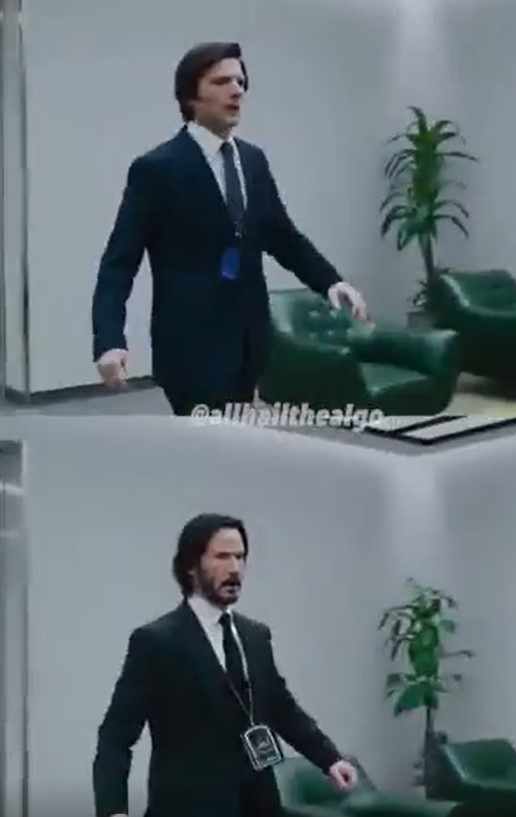
COLLECTIONS
| Featured AI
| Design And Composition
| Explore posts
POPULAR SEARCHES
unreal | pipeline | virtual production | free | learn | photoshop | 360 | macro | google | nvidia | resolution | open source | hdri | real-time | photography basics | nuke
FEATURED POSTS
Social Links
DISCLAIMER – Links and images on this website may be protected by the respective owners’ copyright. All data submitted by users through this site shall be treated as freely available to share.





